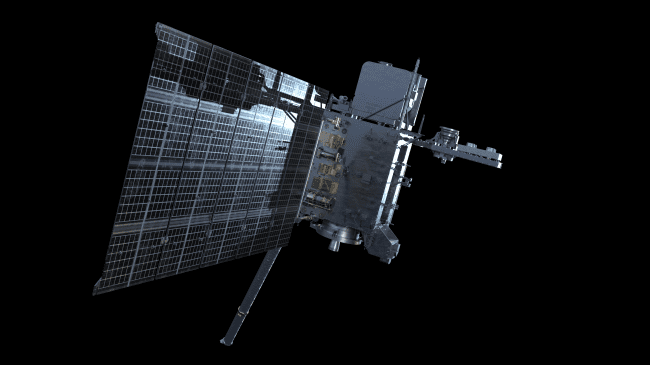- NOAA launched the GOES-U satellite on June 25, the final satellite in the GOES-R series.
- The GOES-R program delivers advanced weather and environmental monitoring for the Western Hemisphere.
- GOES-R satellites provide NOAA with high-resolution imagery, atmospheric data, lightning mapping, and space weather observations.
- These satellites enhance the prediction of weather patterns and monitor conditions like hurricanes, tornadoes, and wildfires.
- The Advanced Intelligent Monitoring System (AIMS) integrates AI to improve satellite operational efficiency and extend mission life.
- AIMS quickly detects and predicts anomalies, reducing repair time from days to minutes.
- The system monitors around 1,800 telemetry points for each satellite, identifying issues with sensors and performance.
- NOAA is testing AIMS for broader applications beyond satellite operations.
Main AI News:
On June 25, the National Oceanic and Atmospheric Administration (NOAA) launched the final satellite in the Geostationary Operational Environmental Satellites (GOES)-R series, named GOES-U. This satellite extends the program’s mission to deliver the most advanced weather and environmental monitoring system in the Western Hemisphere, as highlighted by the World Meteorological Organization. Since the initial GOES-R launch in November 2016, these satellites have equipped NOAA with cutting-edge imagery, atmospheric data, real-time lightning mapping, and space weather monitoring, all supported by a sophisticated array of sensors and imagers.
The GOES-R satellites are essential for tracking environmental conditions that could pose risks across the Western Hemisphere. They have significantly enhanced our capability to predict weather patterns both on Earth and in space, a crucial advancement given recent severe weather events. GOES data aids meteorologists in forecasting hurricanes, tornadoes, and detecting lightning strikes that could trigger wildfires. Additionally, it plays a vital role in air quality monitoring, flight route planning, and various other daily functions impacting public safety and efficiency.
A notable advancement in this program is the integration of artificial intelligence and machine learning through the Advanced Intelligent Monitoring System (AIMS). AIMS enhances operational efficiency and extends the satellites’ mission life by applying AI to manage and analyze the vast amount of data collected. This system quickly detects anomalies, predicts potential failures, and enables preemptive maintenance to ensure continuous data collection.
Deployed on the GOES-R satellites, AIMS AI technology boosts satellite uptime by identifying and addressing issues promptly, reducing the time needed for repairs from days to minutes or hours. The system monitors approximately 1,800 telemetry points per satellite, detecting irregularities like sudden changes in heat sensors or engine performance. AIMS has already demonstrated its effectiveness by monitoring the Advanced Baseline Imager and can identify issues related to radiation or space weather.
NOAA is also exploring AIMS’ capabilities for pattern recognition in other data types, potentially broadening its applications beyond satellite operations. As AI technology advances, its role in safeguarding lives through programs like GOES-R illustrates its significant contributions to humanity’s well-being and safety.
Conclusion:
The integration of AI through the Advanced Intelligent Monitoring System (AIMS) in NOAA’s GOES-R satellites represents a significant advancement in environmental observation technology. By improving operational efficiency and reducing downtime, AIMS enhances the reliability of weather monitoring and forecasting. This development not only strengthens NOAA’s capability to manage severe weather events but also sets a precedent for incorporating AI in space and satellite technologies. As AI-driven systems become more prevalent, they are likely to transform various sectors by optimizing operations, improving data analysis, and extending the life of critical technologies, thereby driving innovation and efficiency in the market.

